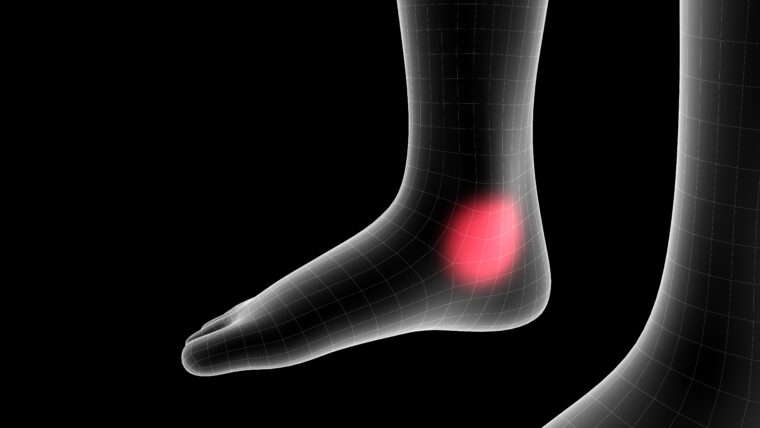We should all be familiar with lateral and medial ankle sprains as we discussed them in previous blogs. We are now going to talk about the last and least understood form of ankle sprain, also known as the dreaded ‘high ankle sprain.’ These sprains are documented as being between 11 and 17% of all ankle sprains. They are not too common, but they are very significant. Proper identification of this type of ankle sprain is vital. It will need rehabilitation by a trained professional who has experience with this type of sprain.
Luckily, the explanation and understanding of a high ankle sprain is quite easy. A high ankle sprain is a syndesmotic sprain that occurs above the lateral ankle. A syndesmotic sprain involves the ligaments and fascia between bones. In this case, the tibia and fibula bones above the ankle joint are involved. In effect, a particular trauma causes the two bones to separate from one another and the ligaments and other tissues between them tear in the process. This leads to a lot of pain and a good amount of dysfunction.
Please subscribe to our YouTube channel to stay informed of all new educational videos


